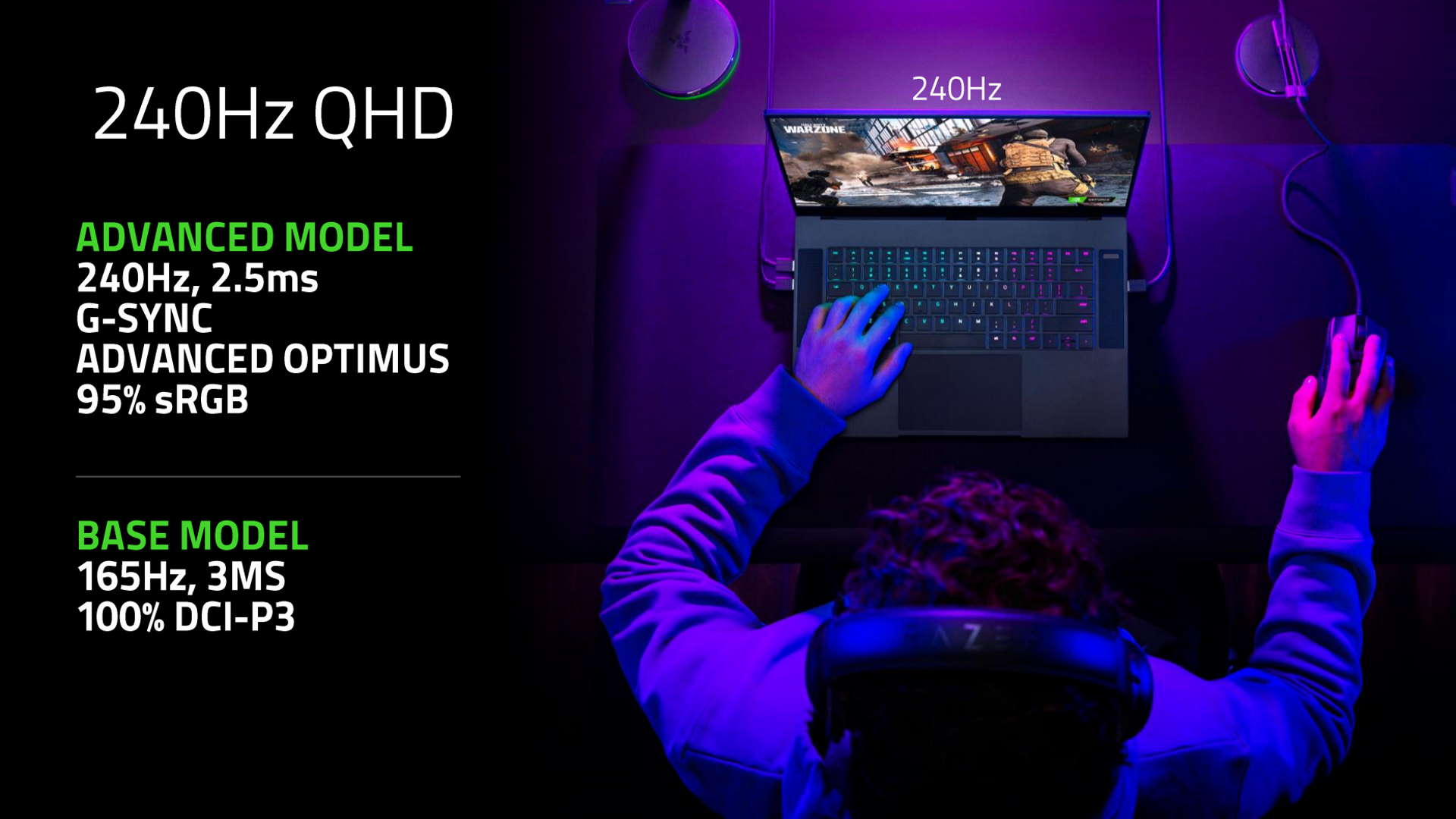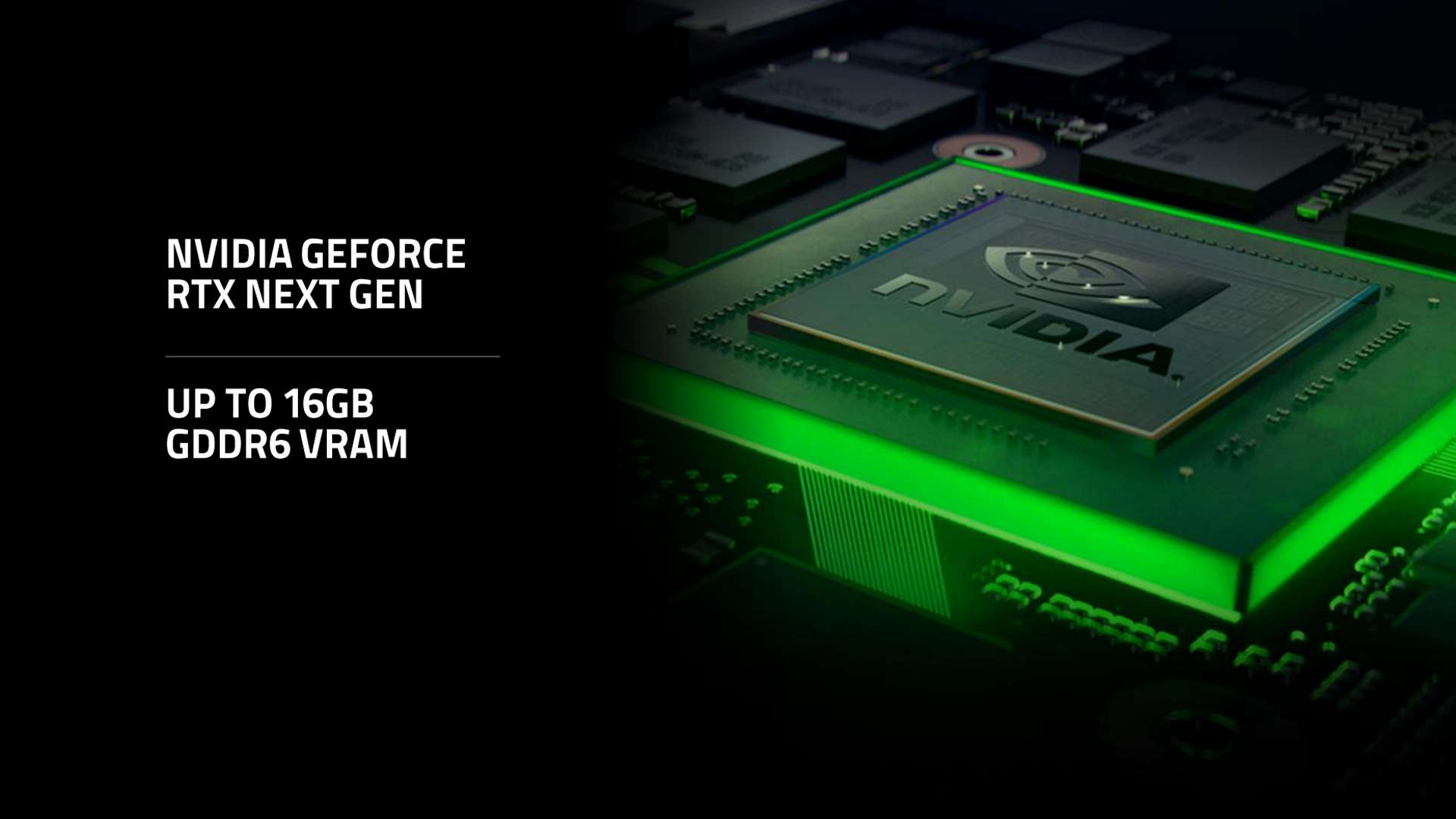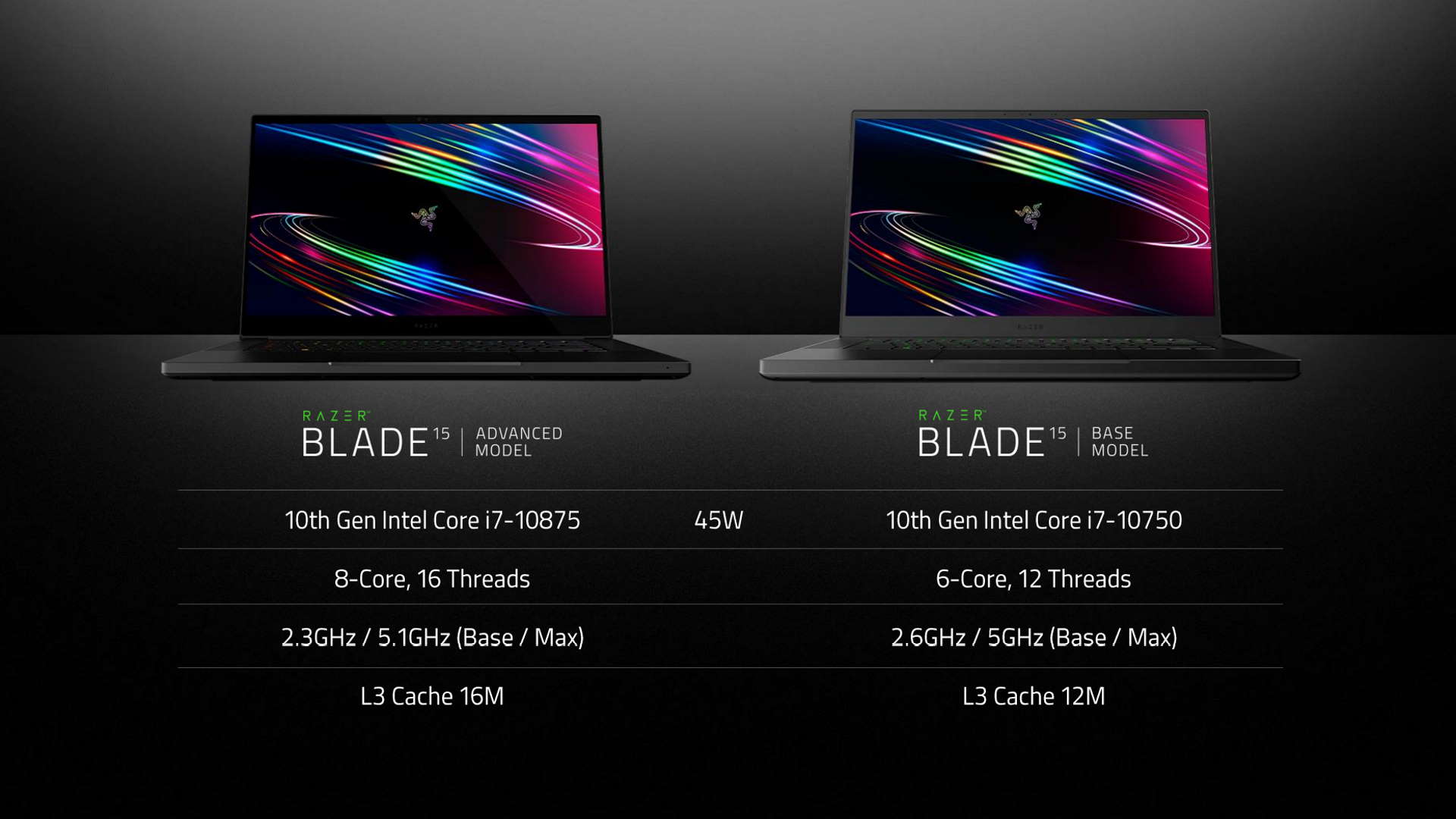New Razer Blade gaming laptops pair QHD panels with Nvidia's new RTX 30-series GPUs
Finally, we're getting 240Hz 1440p panels in gaming laptops that can make use of them.

If Nvidia is going to release a whole slew of new gaming laptop graphics cards then you can bet Razer is going to ship out a new lineup of Blade notebooks too. Alongside the green team's big CES 2021 announcement Razer has announced eight new Blade laptops; three new Base Models with RTX 3060 and RTX 3070 GPUs, and five new Advanced Models with either RTX 3070 or top-spec 16GB RTX 3080 cards.
On the face of it, however, very little seems to have changed. This is something Razer was keen to point out during my pre-CES briefing—the Blade gaming laptop design is so good it hasn't needed to change anything over the last three generations.
Given that it can still lay claim to the 'smallest 15-inch RTX gaming laptop' title, something that is somehow still missing from the Guinness Book of World Records, that's probably not surprising.
But the fact we're shifting on to the more powerful Nvidia RTX 30-series GPUs, and we can still keep the same sub-17mm form factor, does mean the new Razer Blades remain as desirable as ever. They're about as close as you're going to get to a gaming MacBook, but in matte black trim.
Which all adds up to what you could call a rather conservative update. It looks like Nvidia has worked to ensure the RTX 30-series GPUs don't demand more cooling than their 20-series forebears, or at least can be configured to cope within the constraints of the svelte Blade chassis.
After all, the Blade laptops, from Base Model to the 17-inch Blade Pro, are all using the last generation of Intel 10th Gen chips. At the bottom is the six-core Core i7 10750H, while the Advanced and Pro notebooks get the eight-core Core i7 10875H. Razer, at least, isn't announcing an ultraportable gaming laptop rocking the new Intel Tiger Lake H35 chips. I expect it might replace the CPU of the Blade Stealth 13 with one, but that's not a given.
The full-fat Tiger Lake-H CPUs, with eight cores and 5GHz+ clock speeds, will arrive in the middle of the year, so I would expect to see another Blade refresh then.
Keep up to date with the most important stories and the best deals, as picked by the PC Gamer team.



What is interesting, however, is what's happening with the Blade screens. We are finally getting QHD panels in our gaming laptops, with high refresh rate 1440p displays being dropped into both the Base, Advanced, and Pro options.
Sure, if you want you can grab a 360Hz panel if you're still happy gaming at 1080p, but the Advanced Model offers a still pretty spectacular 240Hz QHD panel to pair with your new Nvidia RTX 30-series GPU. And we know those are going to be happy to offer stellar gaming performance at that sharper resolution.
The Razer Blade Base Model also gets a QHD option with its top RTX 3070 machine, but that is only a 165Hz panel. They're all IPS-a-like displays too, so will deliver fantastic colour accuracy, excellent viewing angles, and might only be a touch shady on black levels.
Pre-orders kick off right now, with actual new Blade notebooks appearing in retail on January 26. That will likely be for the RTX 3080 and RTX 3070 versions, with the RTX 3060-based machines following in the second week of February.
All told, I can forgive Razer for its conservative approach to this early 2021 Blade refresh, mostly because I love that sleek li'l chassis anyways, and those mobile RTX 30-series GPUs are going to pair oh-so-nicely with a high refresh rate 1440p panel. Essentially, do want.

Dave has been gaming since the days of Zaxxon and Lady Bug on the Colecovision, and code books for the Commodore Vic 20 (Death Race 2000!). He built his first gaming PC at the tender age of 16, and finally finished bug-fixing the Cyrix-based system around a year later. When he dropped it out of the window. He first started writing for Official PlayStation Magazine and Xbox World many decades ago, then moved onto PC Format full-time, then PC Gamer, TechRadar, and T3 among others. Now he's back, writing about the nightmarish graphics card market, CPUs with more cores than sense, gaming laptops hotter than the sun, and SSDs more capacious than a Cybertruck.

